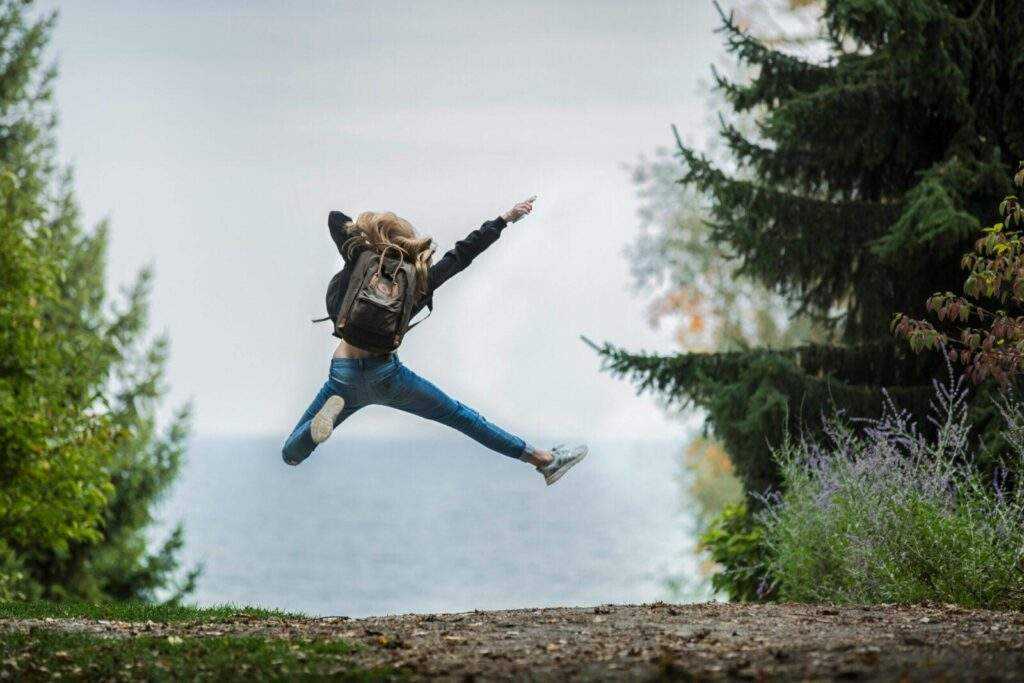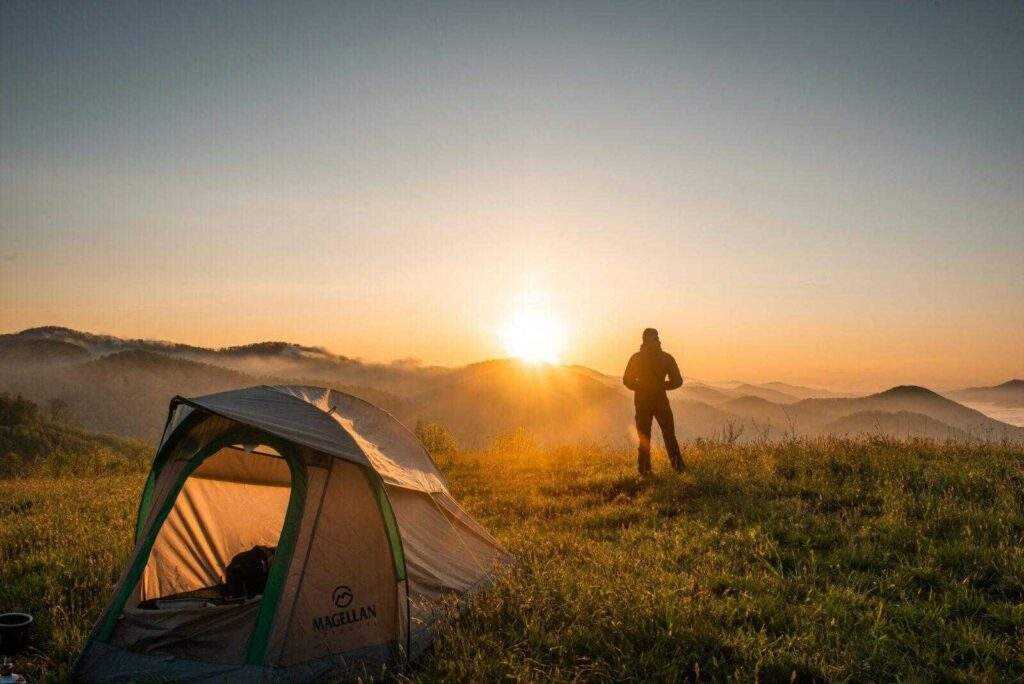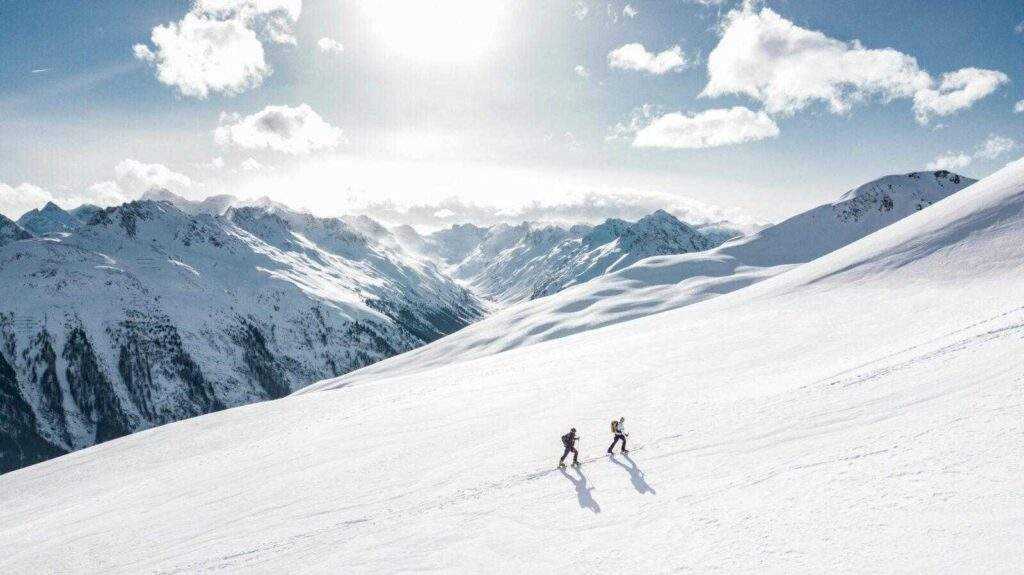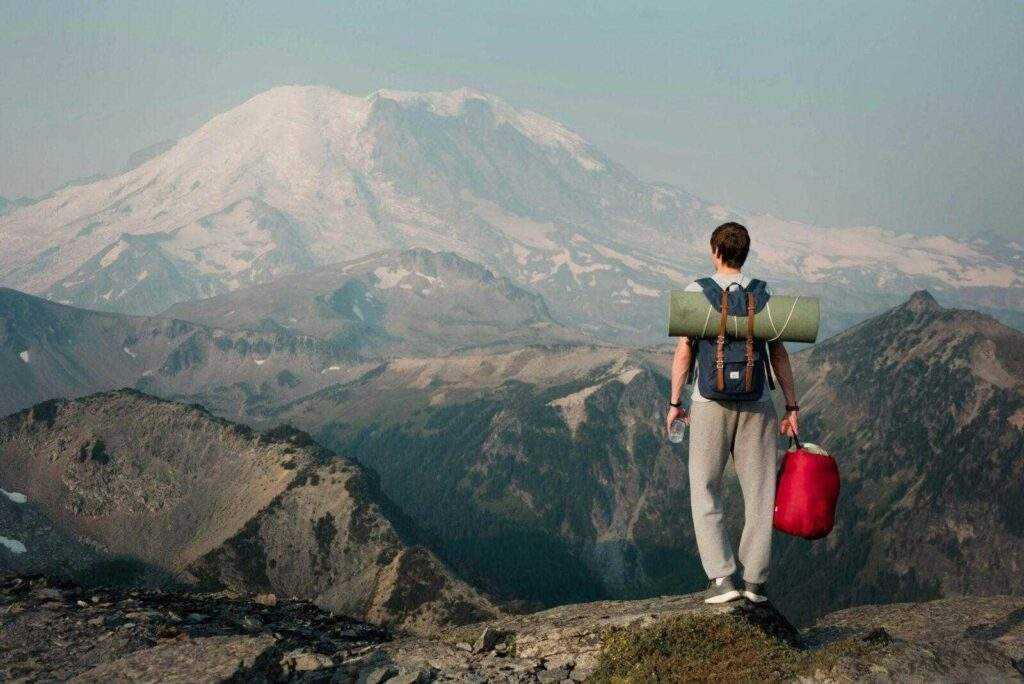The Joy of Movement in Nature: Hiking, Biking, and Outdoor Activities for Wellbeing

Feeling the walls closing in? Craving a break from the daily grind? Step outside and rediscover the simple yet profound joy of movement in nature! Hiking, biking, and exploring Outdoor Activities for Wellbeing offer more than just scenic views and fresh air. They’re a gateway to a healthier, happier you.
In today’s fast-paced world, we often neglect the power of nature to restore our minds and bodies. This guide is your invitation to reconnect with the natural world through movement. We’ll delve into the transformative power of outdoor activities, exploring the numerous benefits for your physical and mental well-being.
Whether you’re a seasoned hiker or a curious newbie, there’s an outdoor adventure waiting for you. We’ll explore the invigorating world of hiking, from gentle nature walks to challenging mountain treks. For those seeking a thrilling ride, we’ll delve into the world of cycling, showcasing scenic bike paths and adrenaline-pumping mountain biking trails.
So, lace up your hiking boots, grab your bike helmet, and get ready to embark on a journey of discovery. This guide equips you with the knowledge and inspiration to embrace the joy of movement in nature. Let’s explore hidden trails, conquer scenic peaks, and rediscover the simple pleasure of moving your body amidst the beauty of the natural world.
Hiking: A Path to Wellness
The Benefits of Hiking
Hiking is a versatile and accessible form of exercise that offers numerous health benefits:
- Physical Health: Regular hiking improves cardiovascular fitness, strengthens muscles, and enhances balance and coordination. It also promotes bone density and joint health, making it an excellent option for people of all ages.
- Example: The Appalachian Trail, spanning 14 states from Georgia to Maine, offers varying difficulty levels and stunning views, making it suitable for hikers of all fitness levels.
- Resource: American Hiking Society
- Mental Health: Hiking reduces stress, anxiety, and depression. It promotes the release of endorphins, improving mood and mental clarity. The rhythmic movement and immersion in natural surroundings can help alleviate symptoms of mental fatigue and boost overall cognitive function.
- Example: The Pacific Crest Trail, which stretches from California to Washington, provides a serene environment that helps clear the mind and reduce stress.
- Resource: National Park Service
- Nature Connection: Spending time on trails allows you to unplug and recharge in nature, fostering a sense of peace and grounding. The sights, sounds, and smells of the natural environment can enhance mindfulness and a sense of being present in the moment.
- Example: The Great Smoky Mountains National Park offers lush forests and diverse wildlife, perfect for reconnecting with nature.
- Resource: Great Smoky Mountains National Park

Best Hikes for Stress Relief
Finding the right trail can make all the difference:
- Local Parks and Trails: Search for “hiking trails near me” to discover nearby nature escapes. Local parks often offer well-maintained trails that are easy to access and navigate.
- Example: Central Park in New York City provides several tranquil trails amid the bustling city.
- Resource: AllTrails
- Scenic Routes: Trails with picturesque views, like those in national parks or along coastlines, can be particularly soothing. The beauty of these landscapes can enhance the therapeutic effects of hiking.
- Example: The Coastal Trail in California’s Point Reyes National Seashore offers breathtaking ocean views.
- Resource: Point Reyes National Seashore
- Forest Bathing: Engage in forest bathing by immersing yourself in wooded areas to enhance relaxation and reduce stress. This practice, known as shinrin-yoku in Japan, involves taking in the forest atmosphere through all senses.
- Example: The Hoh Rain Forest in Olympic National Park is ideal for forest bathing.
- Resource: Association of Nature and Forest Therapy
Overcoming the Fear of Heights While Hiking
For those who experience acrophobia, hiking can still be enjoyable:
- Gradual Exposure: Start with lower elevation trails and gradually increase the height as your comfort level improves. This method, known as exposure therapy, can help desensitize your fear.
- Example: Start with hikes like the Cook’s Meadow Loop in Yosemite National Park, which offers beautiful views without significant elevation changes.
- Resource: Yosemite National Park
- Mindfulness Techniques: Practice mindfulness meditation in nature exercises to stay calm and focused on the present moment. Deep breathing and grounding exercises can help manage anxiety while hiking.
- Example: The Mindful Hiking app provides guided meditations designed for hikers.
- Resource: Mindful Hiking App

Biking: Pedal to Wellness
Biking for Exercise
Cycling is an excellent way to boost your fitness and enjoy the outdoors:
- Cardiovascular Benefits: Biking strengthens the heart and lungs, improves circulation, and helps in weight management. Regular cycling can lower the risk of heart disease and other cardiovascular conditions.
- Example: The Minuteman Bikeway in Massachusetts is a 10-mile path that promotes cardiovascular health.
- Resource: Rails-to-Trails Conservancy
- Muscle Strength: It tones muscles, particularly in the legs and lower body. The repetitive motion of pedaling builds endurance and muscle strength.
- Example: The Katy Trail in Missouri offers a long, flat ride that’s perfect for building muscle endurance.
- Resource: Katy Trail State Park
- Joint Health: Cycling is a low-impact exercise, making it easier on the joints compared to running. It’s an ideal activity for those with joint concerns or recovering from injuries.
- Example: The Virginia Creeper Trail provides a gentle, scenic ride suitable for those with joint issues.
- Resource: Virginia Creeper Trail
Mountain Biking for Beginners
Getting started with mountain biking can be exciting and rewarding:
- Gear Guide: Equip yourself with essential gear, including a sturdy bike, helmet, and protective gear. Proper equipment ensures safety and enhances the biking experience.
- Example: A beginner’s mountain bike like the Trek Marlin 5 provides good value and performance.
- Resource: REI Co-op
- Beginner Trails: Look for trails rated for beginners, which are typically smoother and less steep. These trails provide a good introduction to mountain biking without overwhelming new riders.
- Example: The Cuyuna Lakes Mountain Bike Trails in Minnesota offer beginner-friendly routes.
- Resource: Cuyuna Lakes Mountain Bike Trails
- Guided Rides: Consider joining guided nature hikes or bike rides to learn the basics and stay safe. Experienced guides can offer valuable tips and ensure you navigate trails safely.
- Example: Guided mountain bike tours in Moab, Utah, can help beginners gain confidence.
- Resource: Moab Adventure Center
Family-Friendly Bike Trails
Cycling is a fantastic activity for all ages:
- Trail Recommendations: Research family-friendly bike trails that offer safe and scenic routes for children and beginners. Trails with gentle slopes and minimal traffic are ideal for family outings.
- Example: The Paul Bunyan State Trail in Minnesota is family-friendly with its smooth, paved paths.
- Resource: Paul Bunyan State Trail
- Safety Tips: Teach children about bike safety, including wearing helmets and following trail etiquette. Ensuring that everyone understands basic safety rules can prevent accidents and enhance the fun of biking.
- Example: The National Highway Traffic Safety Administration offers bike safety resources for families.
- Resource: NHTSA
Outdoor Activities for Mental Health
Nature Walks and Their Benefits
Walking in nature provides both physical and mental health benefits:
- Stress Reduction: Nature walks lower cortisol levels, helping to alleviate stress. The tranquility of natural surroundings can have a calming effect on the mind.
- Example: The Morton Arboretum in Illinois offers peaceful walking paths among beautiful trees and landscapes.
- Resource: Morton Arboretum
- Mindfulness Practice: Walking mindfully in nature can enhance your awareness and presence. Focus on the sensory experiences of your walk—the sights, sounds, and smells of nature.
- Example: The University of California, Berkeley’s Greater Good Science Center offers guided mindfulness walking meditations.
- Resource: Greater Good Science Center
- Senior Health: The benefits of nature walks for seniors include improved mobility, mental sharpness, and social interaction. Gentle walks can help maintain physical health and cognitive function in older adults.
- Example: The High Line in New York City is an accessible trail that offers opportunities for seniors to enjoy nature walks.
- Resource: The High Line

Nature Therapy and Forest Bathing
Immerse yourself in the therapeutic effects of nature:
- Forest Bathing: This Japanese practice involves immersing yourself in a forest environment to enhance well-being. Studies show that forest bathing can lower blood pressure, reduce stress hormones, and boost immune function.
- Example: The Muir Woods National Monument in California is perfect for forest bathing with its towering redwoods and serene atmosphere.
- Resource: Muir Woods National Monument
- Mindfulness in Nature: Incorporating mindfulness exercises while in nature can deepen your connection to the environment and yourself. Activities like mindful breathing, nature journaling, and meditation can enhance your outdoor experience.
- Example: The Mindful Nature App offers guided exercises for mindfulness in natural settings.
- Resource: Mindful Nature App
Outdoor Recreation and Its Benefits
Engaging in outdoor recreation can boost your overall well-being:
- Physical Fitness: Activities like hiking, biking, kayaking, and rock climbing provide comprehensive workouts that improve cardiovascular health, strength, and flexibility.
- Example: The Appalachian Mountain Club offers resources and guided trips for various outdoor activities.
- Resource: Appalachian Mountain Club
- Mental Health: Outdoor activities reduce anxiety, improve mood, and enhance mental clarity. The combination of physical exertion and natural beauty can significantly uplift mental well-being.
- Example: Participating in adventure races like the Spartan Race challenges both physical and mental limits.
- Resource: Spartan Race
- Community and Social Interaction: Outdoor recreation often involves social components, from group hikes to outdoor fitness classes. Building a community around outdoor activities can foster friendships and social support.
- Example: Join local outdoor clubs or Meetup groups to find like-minded individuals who enjoy nature activities.
- Resource: Meetup

Unplugging and Recharging in Nature
Disconnecting from technology to reconnect with nature can have profound benefits:
- Digital Detox: Take time away from screens to focus on the present moment and natural surroundings. Reducing digital overload can lower stress and improve mental clarity.
- Example: Plan a weekend camping trip in a place with limited cell service, such as the Adirondack Mountains in New York.
- Resource: Adirondack Park
- Nature Retreats: Participate in organized nature retreats that combine outdoor activities with mindfulness and wellness practices. These retreats offer structured ways to disconnect and recharge.
- Example: The Esalen Institute in California offers retreats focused on nature connection and personal growth.
- Resource: Esalen Institute
- Mindful Activities: Engage in activities like nature journaling, bird watching, or stargazing to deepen your connection with the environment. These activities encourage a slower pace and a more thoughtful interaction with nature.
- Example: The Cornell Lab of Ornithology provides resources for beginner bird watchers.
- Resource: Cornell Lab of Ornithology
Seasonal Outdoor Activities
Winter Hiking Essentials
Prepare for cold-weather adventures:
- Gear Up: Invest in proper winter hiking gear, including insulated clothing, waterproof boots, and traction devices like microspikes. Staying warm and safe is crucial for winter hikes.
- Example: The REI Co-op provides a comprehensive winter hiking gear guide.
- Resource: REI Co-op
- Trail Recommendations: Explore trails known for their winter beauty and accessibility. Some trails are specifically groomed for winter activities like snowshoeing and cross-country skiing.
- Example: The Franconia Ridge Loop in New Hampshire offers stunning winter landscapes and well-marked trails.
- Resource: Franconia Notch State Park
- Safety Tips: Plan ahead by checking weather conditions, bringing extra supplies, and informing someone of your plans. Winter hikes require extra precautions to ensure safety.
- Example: The American Hiking Society offers tips for safe winter hiking.
- Resource: American Hiking Society
Kayaking for Relaxation
Enjoy the calming benefits of water-based activities:
- Health Benefits: Kayaking strengthens the upper body, improves cardiovascular health, and enhances core stability. The rhythmic motion of paddling can be meditative and relaxing.
- Example: The Boundary Waters Canoe Area in Minnesota is renowned for its serene lakes and excellent kayaking opportunities.
- Resource: Boundary Waters Canoe Area Wilderness
- Scenic Locations: Seek out peaceful waterways, such as lakes, slow-moving rivers, and coastal areas, for a relaxing kayaking experience.
- Example: The Chesapeake Bay in Maryland offers diverse paddling routes with beautiful scenery.
- Resource: Chesapeake Bay Program
- Guided Tours: Join guided kayak tours to explore new areas and learn about local ecosystems. Guided tours can enhance safety and provide educational value.
- Example: The Everglades National Park in Florida offers guided kayak tours through its unique wetlands.
- Resource: Everglades National Park
Benefits of Nature Walks for Seniors
Nature walks can be particularly beneficial for seniors:
- Benefits: Improved mobility, enhanced mental health, and opportunities for social interaction. Engaging in outdoor activities can help seniors maintain physical health, prevent cognitive decline, and foster a sense of community.
- Example: The Golden Gate Park in San Francisco offers accessible trails and gardens for senior walkers.
- Resource: Golden Gate Park
- Activity Ideas: Gentle nature walks, bird watching, and low-impact biking are excellent options for older adults. These activities provide the benefits of outdoor exercise while being gentle on the joints and accessible to different fitness levels.
- Example: The Silver Sneakers program offers guided nature walks for seniors.
- Resource: Silver Sneakers
Congratulations! By venturing outdoors and embracing the joy of movement in nature, you’ve taken a significant step towards a healthier and happier you. You’ve experienced the invigorating rush of a challenging hike, the peaceful serenity of a nature walk, and the exhilarating freedom of a scenic bike ride.
Remember, the journey of connecting with nature through movement is an ongoing exploration. Explore new trails, discover hidden gems in your local parks, and challenge yourself with different outdoor activities. Share your experiences with friends and family, inspiring them to embrace the transformative power of nature.
As you move through the world, one adventure at a time, celebrate the sense of accomplishment and well-being that comes from connecting with nature. Let the fresh air invigorate you, the scenic views inspire you, and the experience of movement in nature leave you feeling rejuvenated and reconnected to yourself and the world around you. So, keep exploring, keep moving, and keep embracing the joy of movement in nature!

Your Essential FAQ on the Joy of Movement in Nature
Feeling the call of the wild? Ready to embrace the joy of movement in nature? This FAQ empowers you to embark on an outdoor adventure, boosting your physical and mental well-being.
1. What are the benefits of outdoor activities?
Reduced stress, improved mood, increased focus, and a deeper connection with nature are just a few. Outdoor activities offer a holistic approach to well-being. Explore our blog post, “Nature’s Remedy: Unveiling the Benefits of Movement Outdoors,” to learn more!
2. I’m not a hiker or biker! Can I still enjoy nature?
Absolutely! Nature walks, kayaking, stand-up paddleboarding – the possibilities are endless. Explore our blog post, “Beyond Hiking and Biking: Discover Your Perfect Outdoor Activity,” for inspiration!
3. How do I get started with hiking?
Start with a short, easy trail near you. Invest in comfortable shoes, wear weather-appropriate clothing, and pack plenty of water. Check out our blog post, “Essential Gear for Your First Hike,” for a helpful packing list!
4. What about mountain biking? I’m a beginner!
Many bike parks offer rentals and beginner-friendly trails. Consider taking a lesson to learn proper technique. Safety first! Explore our blog post, “Mountain Biking for Beginners: Essential Tips to Get You Started,” for valuable advice!
5. Where can I find amazing hiking and biking trails?
National parks, state parks, and local recreation areas all offer stunning trails. Utilize online resources like AllTrails or consult your local parks department. Feeling adventurous? Join our online community and discover hidden gems recommended by fellow nature enthusiasts!
6. What should I pack for an outdoor adventure?
Essentials include water, snacks, sunscreen, insect repellent, and a first-aid kit. Dress in layers and wear comfortable shoes with good traction. Explore our blog post, “The Ultimate Packing Guide for Outdoor Activities,” for a complete checklist!
7. I’m worried about getting lost! Any safety tips?
Always inform someone about your planned route and estimated return time. Download a trail map and consider carrying a compass or GPS device. Practice basic wilderness survival skills – knowledge is power!
8. How can I make outdoor activities a family-friendly adventure?
Choose kid-friendly trails with scenic viewpoints and opportunities for exploration. Pack fun snacks and games to keep them engaged. Explore our blog post, “Nature Fun for All Ages: Creating Memorable Outdoor Adventures with Your Family,” for engaging ideas!
9. What if the weather isn’t ideal?
Don’t let a little rain stop you! Invest in waterproof gear and embrace the unique beauty of nature in different weather conditions. Feeling adventurous? Try snowshoeing or cross-country skiing in the winter!
10. I’m ready to explore the outdoors! What’s the first step?
Explore our blog for a wealth of information on getting started with outdoor activities! We offer comprehensive blog posts on everything from choosing the right gear to planning your first hike or bike ride. Ready to delve deeper? Check out our curated list of amazing outdoor resources including websites, apps, and online communities, all designed to empower your outdoor adventures! So unleash your inner explorer, visit our blog today, and embark on a journey towards a healthier, happier you!








